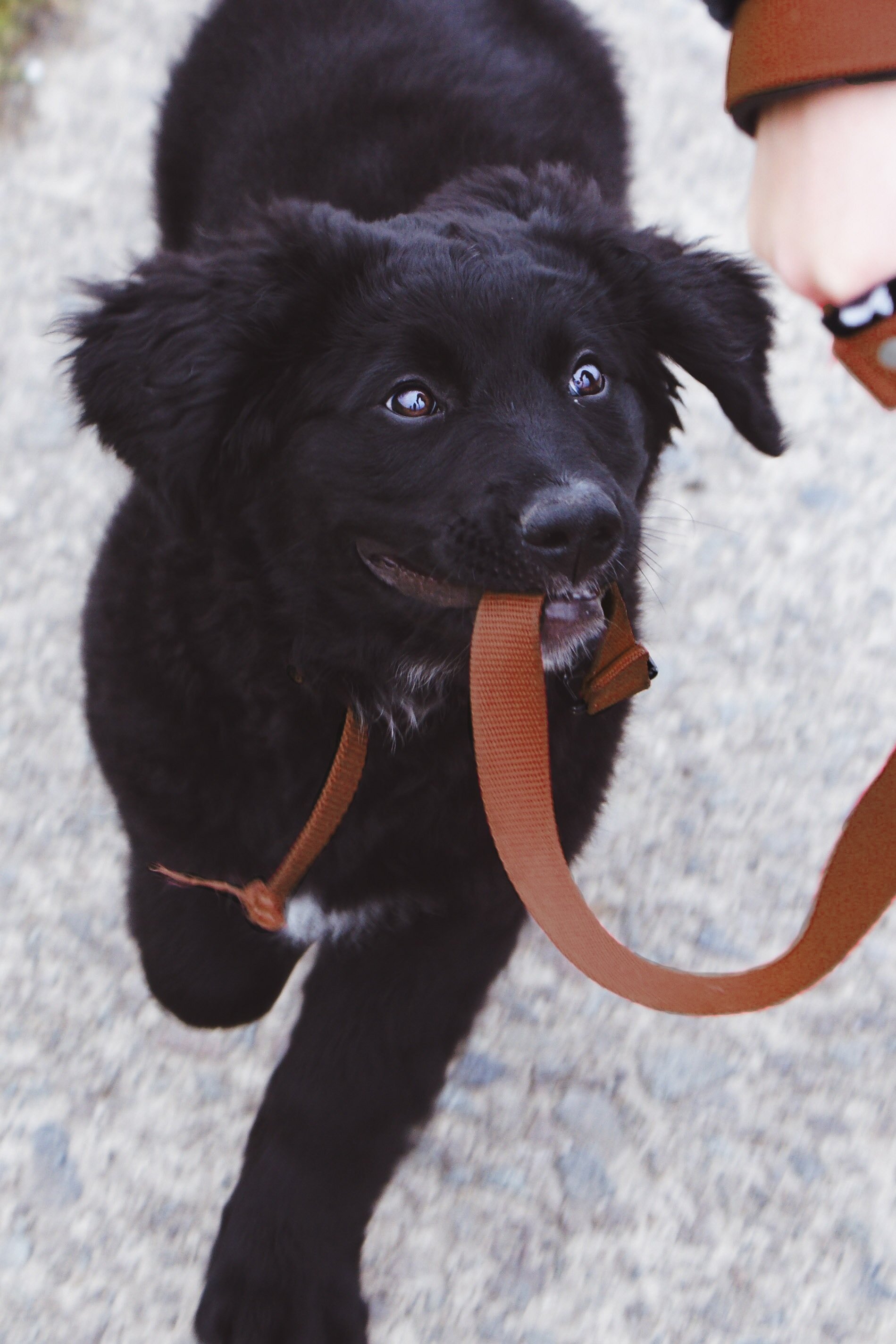by Claire Anderson
Walking your dog—in theory—is a wonderful way to relax and get some exercise. Imagine a gorgeous fall day, leaves changing all around you, a light breeze blowing, and a slight chill to the air. You stroll through the red falling leaves while your sweet dog trots along at your side. Perfection. I think this is what most people picture when they adopt their new four legged family member.
Photo by Dane Deaner on Unsplash
However, reality usually looks something like this:
You have 20 free minutes before you have to leave for an appointment and you know the dog needs exercise (because he’s been chewing on the pillows and stealing your socks for the last half hour.) So you put on your gear and grab the leash. Fido sees this and bolts excitedly towards you, leaping and biting at the leash so much that it’s almost impossible to get it on. When you finally do, you open the door and Fido is instantly at the end of the leash, practically pulling your arm out of the socket. Half the walk consists of him pulling you down the sidewalk and the other half is you yanking him along because for some reason he has to stop at every bush to smell and pee. By the time you get home, you’re exhausted, sore, and frustrated with your dog (not to mention embarrassed that your neighbors watched you struggle along.)
And now, you’re late for your appointment.
Unfortunately, when walks are frustrating, usually the consequence is that we tend to walk our dogs less, resulting in more pent-up energy and boredom. It’s a vicious cycle that can create a very unsettled, chaotic home-life and a very sad, anxious pooch.
Let’s discuss the types of leash walking we use to train dogs that pull and how they might help you!
1. How to walk your dog on a loose leash
Loose leash walking is exactly what it sounds like. It means walking with your dog near you, with a “smile” in the leash: the leash hangs from your dog’s harness or collar and swoops down before coming up to meet the other end in your hand. There is no tension in the leash, which means there’s no pulling, which also means your wrists and arms aren’t sore!
The loose leash style of walking is great if you aren’t concerned with a professional heel behavior. It is simply teaching your dog to remain within a four to five foot distance of you while on a walk. (This, of course, assumes you are using a six foot leash.)
Photo by Justin Veenema on Unsplash
What you’ll need:
A four to six foot leash
An appropriately sized harness (ideal) or collar (NO correction collars!)
Your dog’s absolute favorite treats
An enthusiastic, positive attitude
Patience
First step: begin practicing in the house! Starting out inside your home is important for every behavior because dogs (along with any other thinking, breathing animal) cannot learn something new in chaos and distraction—that’s for later.
Without the leash, use your dog’s name excitedly and treat her at your side
Take a few energetic steps forward (keeping her engaged by talking to her) and treat her again when she meets you at your side
Repeat this fun and engaging walk around your house until your pups in excitedly walking next to you, anticipating his next reward!
Next, you will add your equipment (collar, harness, leash) and repeat the above steps until she is happily walking loosely at your side.
Move outside! Stick to a non-distracting area near your house first until she is a superstar at this.
Photo by Clem Onojeghuo on Unsplash
2. Teach your dog how to heel
Heeling is a much more structured way to walk your dog. When your dog “heels” she is walking directly at your left (or right if it’s better for you!) side, matching your pace with hers, and stopping when you stop. For the average, non-working dog, it’s not necessary to use this type of walking very often as it limits exercise or free time for your dog to explore and engage her sense of smell. The heel technique is most helpful for busy, tight places like airports.
Here’s what you’ll need:
A four to six foot leash
An appropriately sized harness (ideal) or collar (NO correction collars!)
Your dog’s absolute favorite treats
An enthusiastic, positive attitude
Patience
Photo by Pauline Loroy on Unsplash
As with loose leash walking, you will want to begin teaching this behavior in an area with minimal distractions, like your home. You can do this on or off-leash, however, you can prevent your dog from wandering by keeping her on leash.
With a really tasty treat or lick stick, lure your dog to your left side, rewarding immediately when your dog is directly next to you.
Continue rewarding with a high frequency of rewards to keep him at your side without moving. This high rate of rewards is important because this behavior requires so much focus!
Take one step forward, guiding his eyes to you with a treat lure and reward again directly at your side.
Move around, rewarding frequently only at your side. If she gets a bit too fast or stops, no rewards happen. Simply guide her back to your side and begin again.
Now you’re ready to mix up the pace and add in random stops, continuing to reward frequently when she is directly at your side.
Add the heel cue: when your dog is consistently staying at your side, you are ready to add the heel cue! You do not need to repeat the cue, just say it one time, rewarding when your dog is in position.
When you are done heeling, give your dog a release work like “okay!” or “all done!” and toss a treat away from you.
Next, repeat the above steps outside or with more distractions!
3. Proactive leash training for reactive dogs (BAT)
Behavior Adjustment Training (BAT) was developed by Grisha Stewart, a dog trainer who specializes in dog reactivity, as way to rehabilitate reactive dogs and prevent future reactivity. As a dog trainer myself, I really like BAT leash work because it gives your dog space and freedom to learn and use their innate body language to work through potentially scary situations. In my experience, using proactive leash training gave my own dog and my clients the ability to build both confidence and resilience.
These links are great resources for learning this technique:
BAT Leash Skills: How to Stop Pulling Your Dog (Video)
Overall, the Behavior Adjustment Training technique is a great way encourage your dog to use their natural skills to work through stressful situations in a safe way. I also feel it gives your dog the most exercise out of the three techniques we discussed by allowing natural sniffing and exploring.
Pro-tip: If you live in a busy area like downtown, look for parks near you and opt to walk your dogs there if you can! Parks usually provide more space and sniffing opportunities and will give you a breather from the chaos of traffic as well.
These three ways to walk your dog will make your walks with your pup far less frustrating, and will improve your relationship with your dog! When a dog is well-exercised, she is calmer, happier, less anxious, and less destructive.
Walks with your dog are an excellent way to bond and celebrate one another, so get practicing and happy walking!
→ For recommendations, check out our blog post of the best collars, leashes, and harnesses for walking your dog.
Photo by Tucker Good on Unsplash






